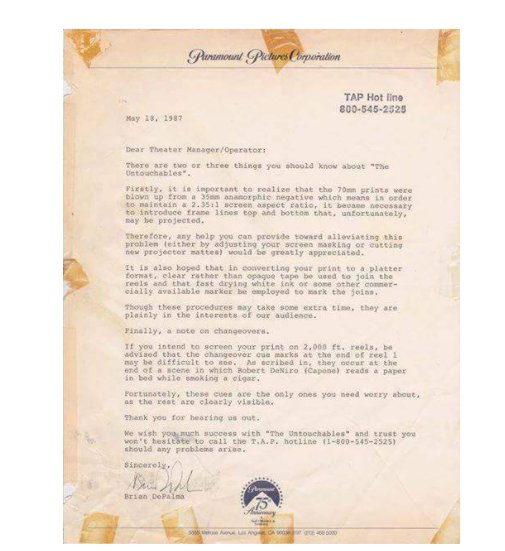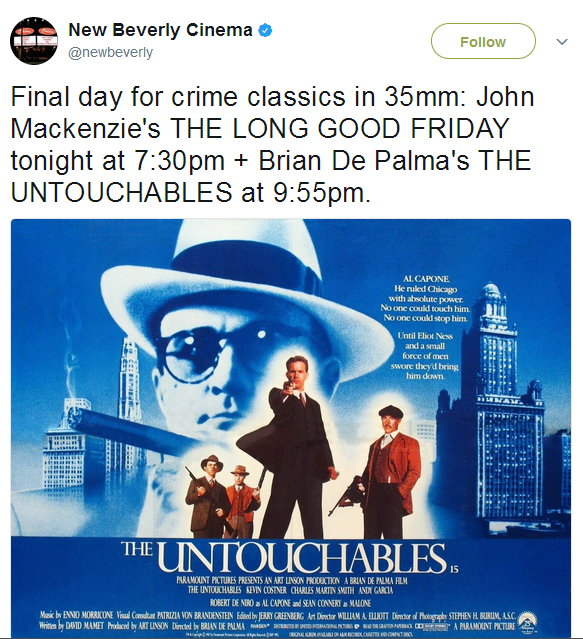BOOKKEEPER IN 'UNTOUCHABLES', MADE OTHER FILMS w/DE NIRO, PACINO, LINSON, MORE
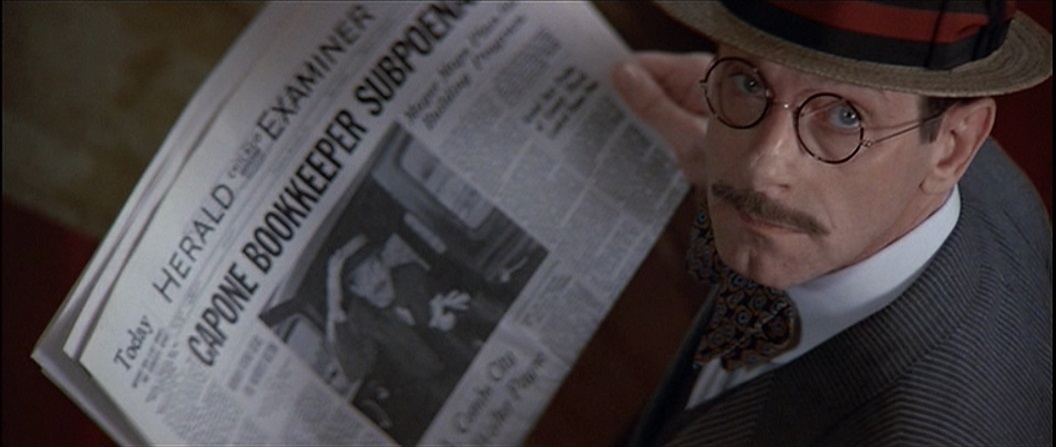
Jack Kehoe, who had a key role as the bookkeeper in Brian De Palma's The Untouchables, died January 14. He was 85. The Hollywood Reporter, citing a family announcement, reported today that Kehoe was "a resident of the Hollywood Hills" who suffered "a debilitating stroke in 2015."
In the 1970s and beyond, Kehoe ran in the same circles as Robert De Niro, Al Pacino, Jill Clayburgh, and others. Before The Untouchables, Kehoe and De Niro had also both been part of the cast of James Goldstone's The Gang That Couldn't Shoot Straight. A year after The Untouchables, Kehoe appeared in Martin Brest's Midnight Run, which starred De Niro. Kehoe had also appeared in an early Art Linson production, Car Wash, in 1976.
From Mike Barnes' Hollywood Reporter article:
In '70s cult classics, Kehoe portrayed Scruggs, the cowboy who pumps gas, in Car Wash (1976) and the marksman "Set Shot" Buford in The Fish That Saved Pittsburgh (1979). His résumé also included Melvin and Howard (1980), Warren Beatty's Reds (1981) and The Pope of Greenwich Village (1984).In the best picture Oscar winner The Sting (1973), directed by George Roy Hill, Kehoe portrayed the Erie Kid, the grifter who participates in the con game with Paul Newman and Robert Redford's characters to bring down Robert Shaw's crime boss.
He also was memorable that year as Tom Keough, one of the cops on the take, in Sidney Lumet's Serpico (1973), and he reteamed with Al Pacino on Broadway in 1977 in David Rabe's The Basic Training of Pavlo Hummel.
Kehoe played Al Capone's (Robert De Niro) bookkeeper, Payne, in Brian De Palma's The Untouchables (1987) and Joe Pantoliano's two-timing employee, Jerry Geisler, in Midnight Run (1988).
Born on Nov. 21, 1934, in the Astoria section of Queens, Kehoe enlisted in the U.S. Army after high school and spent three years with the 101st Airborne Division.
After the service, he studied with famed acting teacher Stella Adler and appeared on Broadway in 1963 in Edward Albee's The Ballad of the Sad Cafe and in off-Broadway productions of Bertolt Brecht's Drums in the Night in 1967 and Eugene O'Neill's A Moon for the Misbegotten in 1968.
Kehoe made his big-screen debut as the bartender in Jimmy Breslin's The Gang Who Couldn't Shoot Straight (1971) and followed that with a role in Peter Yates' The Friends of Eddie Coyle (1973).
He appeared on television in the '80s reboot of The Twilight Zone, Miami Vice and Murder, She Wrote and in films including The Star Chamber (1983), D.O.A. (1988), Young Guns II (1990), Falling Down (1993), The Paper (1994), Gospel According to Harry (1994) and The Game (1997), his final onscreen appearance.
Kehoe chose not to work as often as others in the business.
"How much money does one person need in this life? How many cars can you own? How many houses can you live in?" he asked in a 1974 story in New York magazine. "I saw those TV series stars out on the coast riding around in their sports cars like kids with a ten-thousand-dollar toy, crashing into trees and driving off the edges of mountains because they're bored. They're not using themselves as actors anymore, and it all become about making money."
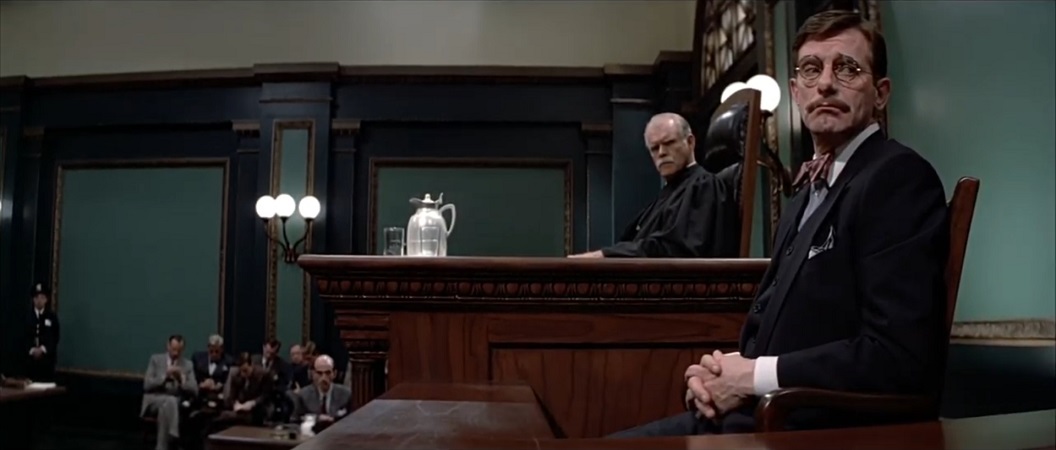
Updated: Thursday, January 23, 2020 5:34 PM CST
Post Comment | View Comments (1) | Permalink | Share This Post




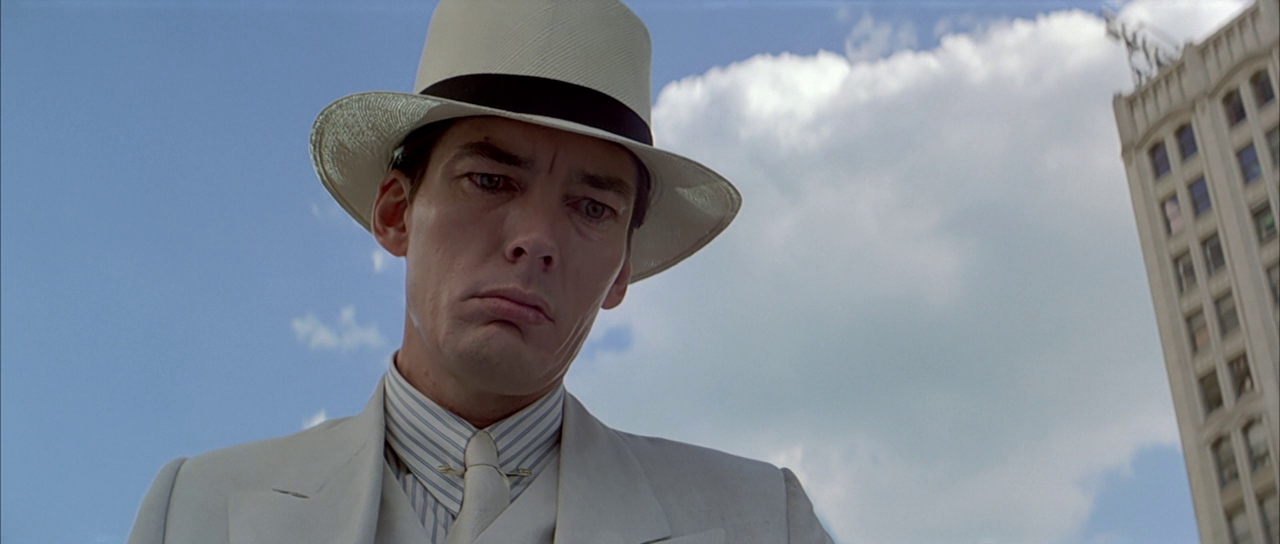

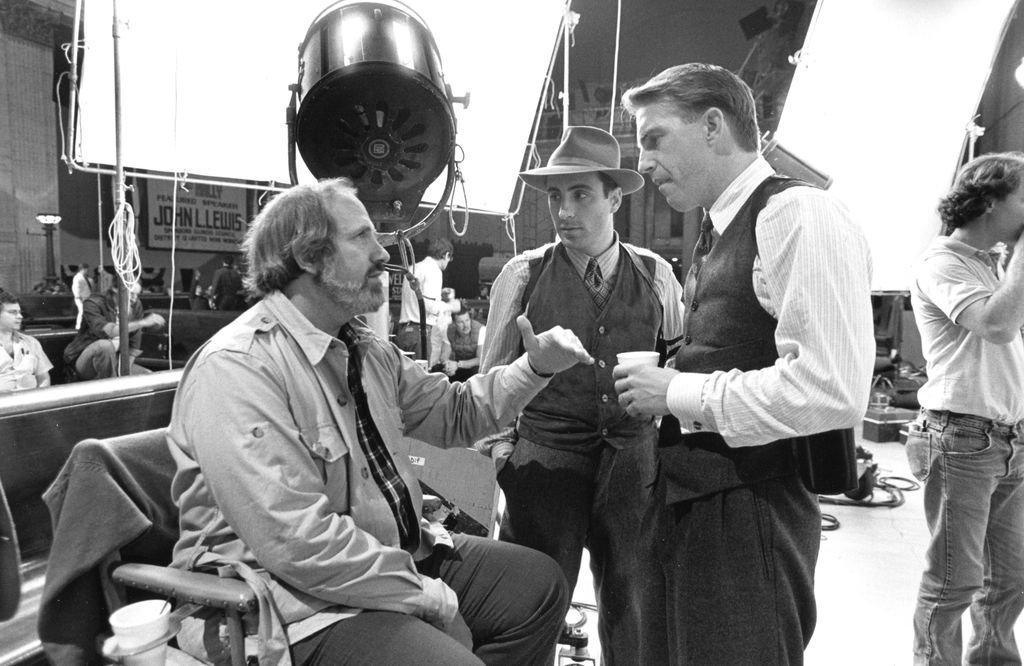
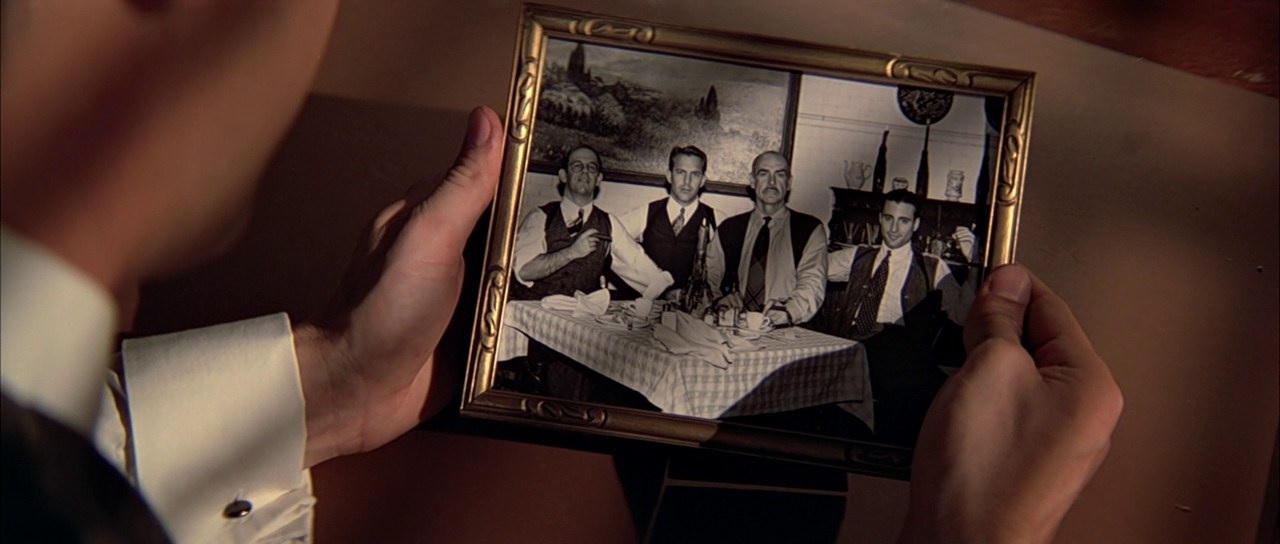
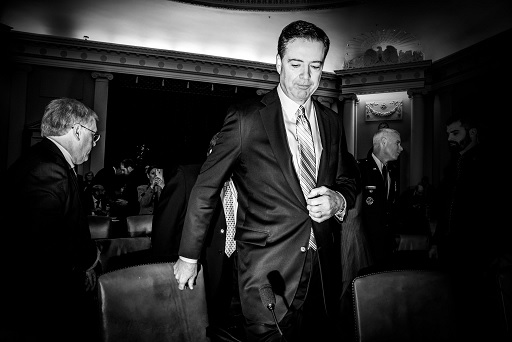 Michiko Kakutani reviews James Comey's new book, A Higher Loyalty, for the
Michiko Kakutani reviews James Comey's new book, A Higher Loyalty, for the 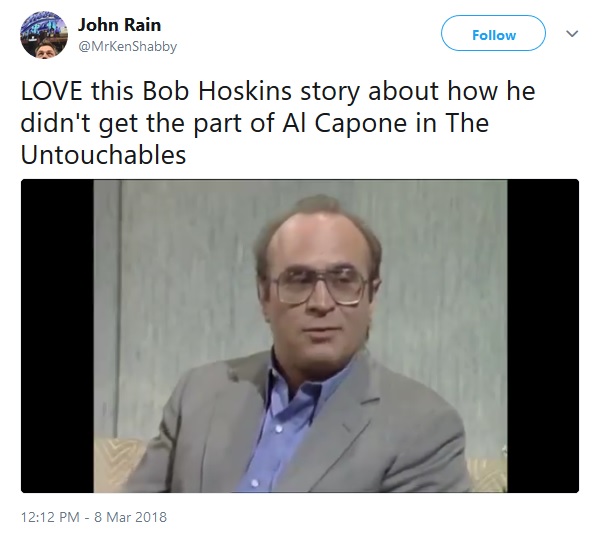
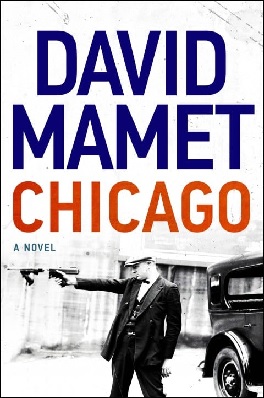 David Mamet's new novel, Chicago, takes place in the prohibition-era Chicago of the 1920s, and, according to
David Mamet's new novel, Chicago, takes place in the prohibition-era Chicago of the 1920s, and, according to 